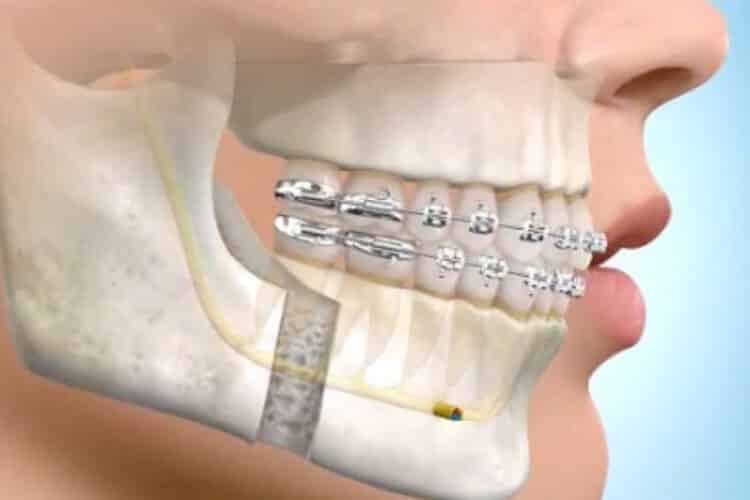Sleep is an essential aspect of our overall well-being, impacting our physical health, mental clarity, and emotional balance. However, for individuals suffering from sleep apnea, a good night’s sleep can be elusive. Sleep apnea is a sleep disorder characterized by pauses in breathing during sleep, leading to disrupted sleep patterns and potential health risks. While orthodontics is commonly associated with straightening teeth, it can also play a crucial role in treating sleep apnea. In this blog, we will explore the connection between orthodontics and sleep apnea and how orthodontic treatment can improve the quality of sleep for affected individuals.
Sleep apnea is a serious sleep disorder that affects millions of people worldwide. It occurs when the muscles in the back of the throat fail to keep the airway open during sleep, leading to recurrent interruptions in breathing. These pauses in breathing can last for a few seconds to minutes and may occur multiple times throughout the night.

Sleep apnea can significantly impact a person’s health and well-being. The frequent disruptions in breathing lead to fragmented sleep, preventing individuals from experiencing restorative deep sleep cycles. Consequently, individuals with sleep apnea may experience daytime sleepiness, impaired cognitive function, and decreased productivity.
Additionally, sleep apnea is associated with various health risks, including:
The relationship between orthodontics and sleep apnea lies in the anatomy of the upper airway. In many cases of obstructive sleep apnea, the condition is attributed to a narrowed or collapsible airway during sleep. This narrowing can occur due to various factors, including the size and position of the jaw, the shape of the palate, and the position of the tongue and tonsils.

Orthodontic treatment aims to address these underlying anatomical factors, creating a more open and stable airway during sleep. By adjusting the position of the jaw and teeth, orthodontics can provide significant benefits for individuals with sleep apnea, improving their breathing and sleep quality.
Orthodontic treatment can significantly improve the quality of sleep for individuals with sleep apnea. By addressing the underlying anatomical factors contributing to airway obstruction, orthodontics can lead to the following benefits:
While orthodontic treatment can be beneficial for individuals with sleep apnea, it is essential to recognize that sleep apnea is a complex condition that may require a multidisciplinary approach to treatment. Collaboration between orthodontists, sleep specialists, and other healthcare professionals ensures comprehensive care and tailored treatment plans for each individual.
If you suspect you or a loved one may have sleep apnea, seeking a professional evaluation is crucial. A sleep study can provide valuable insights into the severity of the condition and guide the most appropriate treatment approach, which may include orthodontic intervention.
Orthodontics offers more than just a beautiful smile; it can be a transformative solution for individuals struggling with sleep apnea. By addressing the underlying anatomical factors contributing to airway obstruction, orthodontic treatment can significantly improve the quality of sleep and overall well-being of affected individuals. If you or someone you know is dealing with sleep apnea, consider consulting with an experienced orthodontist to explore the potential benefits of orthodontic treatments tailored to address sleep-related breathing issues.